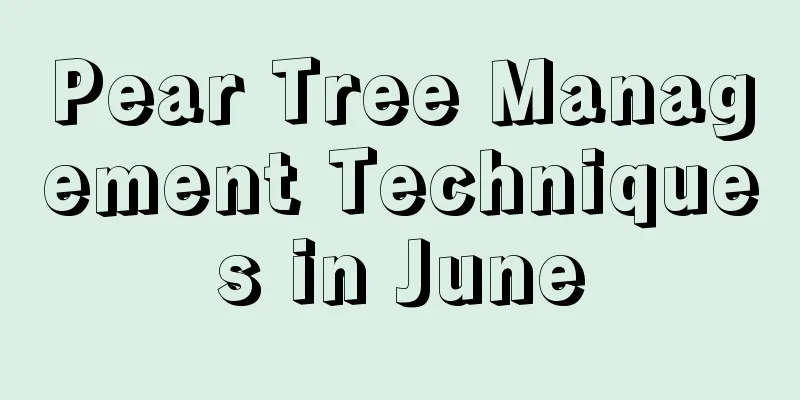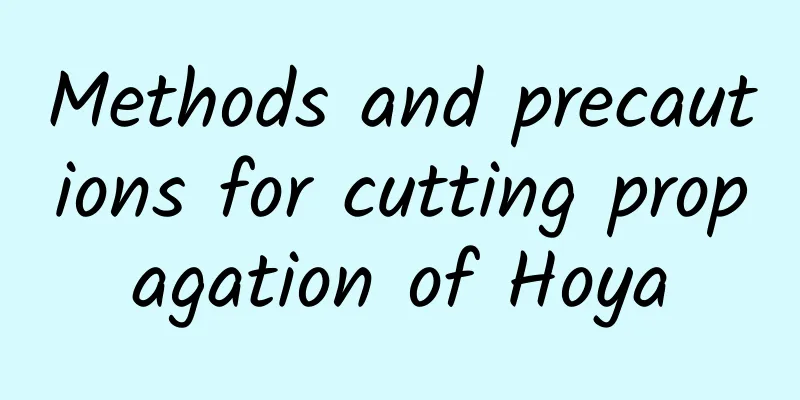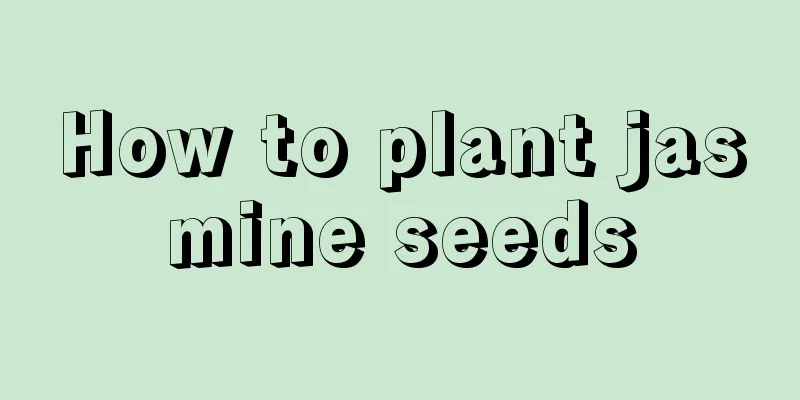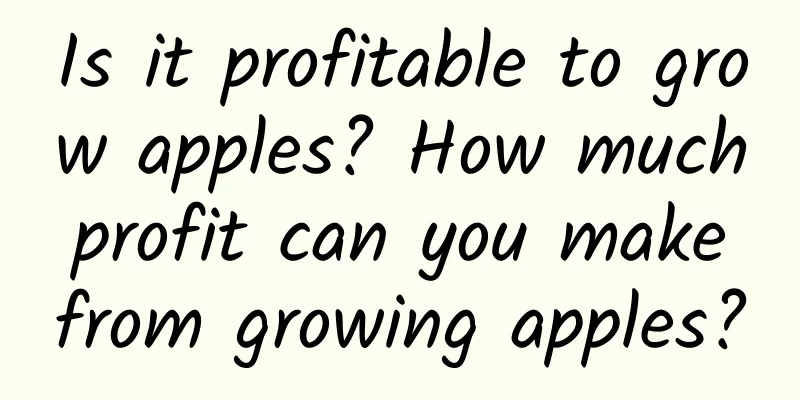Pear Tree Management Techniques in June

|
With the arrival of June, the temperature continues to rise and precipitation also increases, and the fruit trees enter a peak growth period. Orchard management requires special attention during this period. Now let’s learn some pear tree management techniques in June. 1. Bagging Bagging should be done 40 to 50 days after the pear tree flowers are fully open. Bagging too early may make the fruit vulnerable to diseases, affecting the normal expansion of the fruit. It may also be damaged by wind and cause the fruit to fall. Therefore, the timing of bagging needs to be well grasped. If the bag is not securely fixed, rain may wash the pesticide and dust onto the fruit surface, leaving marks, or cause infestation by pests such as pear borer and leaf roller. Especially for green pear varieties such as golden pears, they need to be tied tighter because they are prone to developing a verdigris color. At the same time, be careful to prevent leaves from entering the bag and touching the fruit surface to avoid spots. The light transmittance of the bag is low and the internal temperature is high, which can accelerate the disappearance of chlorophyll and shorten the maturity period. However, if the temperature is too hot and dry, it may cause the fruit to become smaller and harden. Using special storage bags with good light transmittance can produce fruits that mature slowly and have good storage properties. However, in coloring bags with low light transmittance and air permeability, scale insects may appear during harvesting, and the color of the fruit skin may turn reddish and turbid during long-term low-temperature storage. For long-term storage, avoiding the use of coloring bags will help preserve the color of the peel. 2. Core removal and summer pruning Pruning refers to removing unnecessary new shoots growing on the main branches, secondary branches, side branches, etc. It is usually done 2 to 3 times starting in early May, leaving new branches that can be cultivated into side branches. When picking the core, leave one full fruit on each cluster and then remove it. When the distance between fruit clusters is too close, selecting new shoots at intervals of 20 cm can improve lighting conditions and increase the amount of pesticide adhesion. This work needs to be completed before June when the developmental branches are promoted to form axillary flower buds. If the work is carried out after July, or too much is done, it may result in insufficient number of leaves, resulting in smaller fruits. 3. Pest and disease control In early to mid-June, with the change of climate and the increase of humidity, diseases such as black spot and red spot are prone to occur. Black spot disease, in particular, occurs more frequently under rainy, cold and humid conditions and is a disease that causes greater harm. If it rains frequently, the temperature drops, or the weather is cold and humid before and after the flowering period, it is easy for pathogens to invade the fruit or leaves and cause harm. The temperature for leaf infection is 15 to 20℃, with a minimum of 8℃ and a maximum of 25℃. In the presence of water, invasion is complete within 48 hours, and the incubation period is usually 15 to 16 days. In addition, it is also necessary to focus on preventing and controlling pests such as mites, aphids, pear psyllids, pear gall aphids, mealybugs, and pear borers. The above is an introduction to the key points of pear tree management in June. At this time, pear tree growers need to deal with the above issues based on actual conditions.
|
>>: How to grow lotus seedlings? Are they afraid of direct sunlight?
Recommend
Does Selaginella prefer shade or sun?
Does Selaginella prefer shade or sun? Selaginella...
The meaning of banyan tree, pictures of banyan tree
The banyan tree is a large tree of the genus Ficu...
The difference between love grass and lavender
1. Plant Differences Lavender is a small shrub wi...
How to grow potted osmanthus in winter
Watering method In winter, the issue of watering ...
What flowers are suitable for growing in Ordos? What are the city flowers and trees?
1. Climate characteristics of Ordos Ordos belongs...
How many years does it take for yellow honey cherries to bear fruit?
Introduction to planting yellow honey cherries Ye...
How long does it take for purple music leaves to germinate?
How long does it take for purple music leaf cutti...
How to propagate Hoya and what to pay attention to
How to propagate Hoya The main ways of propagatin...
Maintenance of tree stump bonsai
Spring maintenance Pruning In spring, tree stumps...
Is it better to water the flowers in the morning or evening? You must know that if you choose the wrong "time", it will be useless no matter how hard you try to take care of your flowers.
In fact, everyone’s discussion about the time to ...
What should I do if no one waters the flowers when I go back to my hometown for the Spring Festival?
Drought tolerant plants Drought-tolerant plants d...
How to make jasmine bloom more
1. Plenty of sunshine If you want jasmine to bloo...
How to grow Edelweiss
1. Maintenance methods 1. Temperature: According ...
The cultivation methods and precautions of Lespedeza
Temperature requirements It has very strong cold ...
Clover planting methods and precautions
Clover, also known as clover, is a perennial herb...









